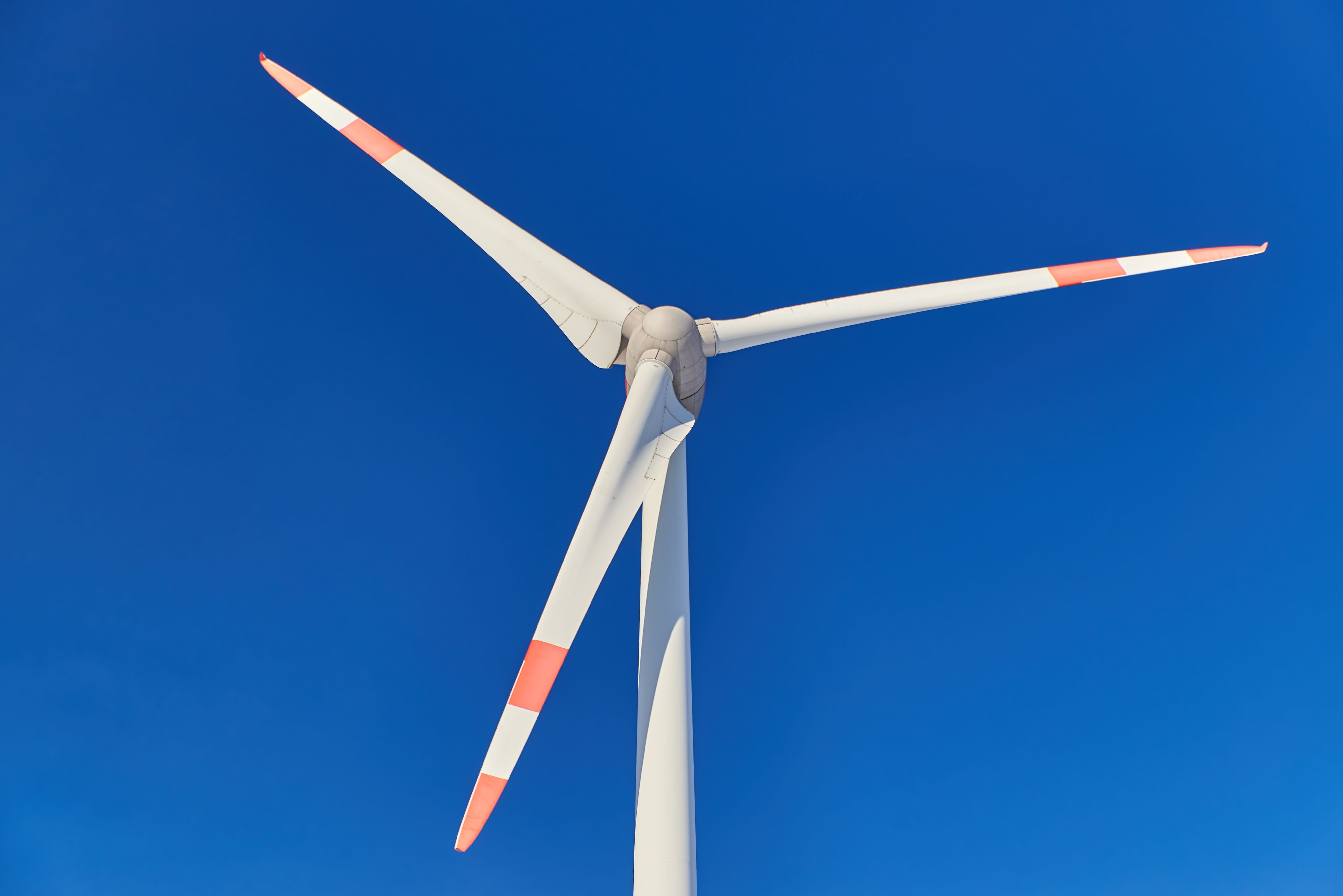Orsted said Friday it had reached an agreement with Brookfield Renewable to purchase a 100% equity interest in the latter’s Irish and U.K. onshore wind business, Brookfield Renewable Ireland.
Orsted said the deal would see it enter Europe’s onshore market. In 2014 the company, which was then known as DONG Energy, divested its last activities in onshore wind to focus on the offshore sector.
According to Orsted, the agreement has an enterprise valuation of 571 million euros ($684 million), although this figure is subject to adjustments. The deal is slated to close in the second quarter of 2021.
Brookfield Renewable Ireland, or BRI, is headquartered in the Irish city of Cork and specializes in the development and operation of onshore wind farms.
Orsted described BRI as having “an attractive portfolio” which includes 389 megawatts (MW) in operation and under construction as well as a development pipeline of over 1 gigawatt (GW).
“In the US, we’ve built a strong onshore business with 4 GW in operation and under construction,” Orsted CEO, Mads Nipper, said in a statement.
“The European market for onshore wind power is expected to grow significantly in the coming years,” Nipper added.
He went on to state his firm’s acquisition of BRI would provide it with “a strong platform that expands our presence in onshore renewables to Europe.”
Europe is home to a well-developed wind energy industry. According to figures from WindEurope, 2020 saw 14.7 GW of wind energy capacity installed there.
The industry body says 80% of these installations were in the onshore sector, with total onshore capacity amounting to 194 GW.
In the U.S., onshore capacity stands at more than 122 GW, according to the American Clean Power Association. China, a dominant force in wind energy, boasts over 278 GW of onshore capacity, the Global Wind Energy Council says.
Capacity refers to the maximum amount that installations can produce, not what they are necessarily generating.
